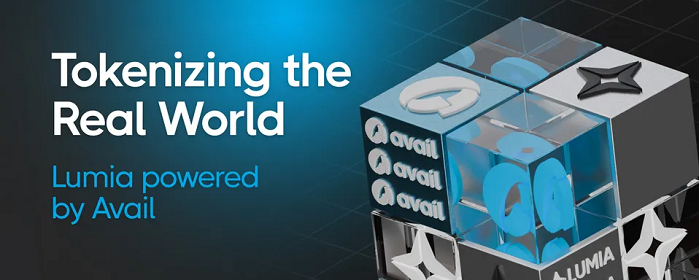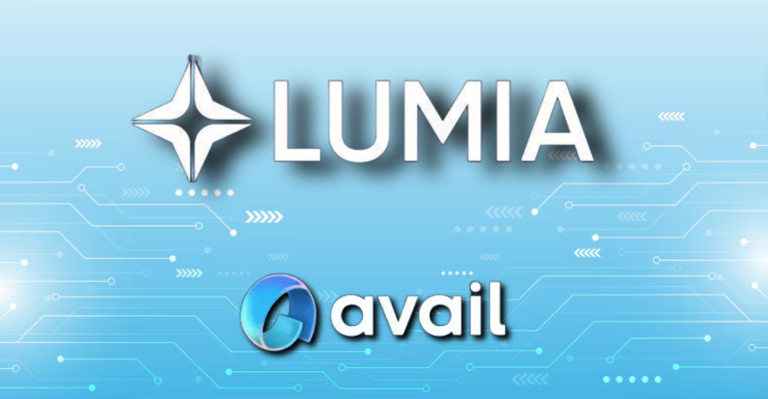TL;DR
- Lumia has integrated Avail Stack to enhance interoperability and secure asset transfer for real-world asset (RWA) tokenization.
- This move enables seamless liquidity across multiple blockchains, supported by Avail’s modular infrastructure and its Nexus messaging layer.
- The partnership reflects growing demand for decentralized, scalable frameworks as the tokenized asset market is projected to reach nearly $19 trillion by 2033.
Lumia, a blockchain platform focused on the tokenization of real-world assets, has announced its strategic integration with Avail Stack. This development aims to overcome one of the most persistent challenges in decentralized finance, ensuring secure, scalable cross-chain liquidity for tokenized assets. By tapping into Avail’s modular infrastructure, Lumia takes a step toward making tokenized RWAs more composable, interoperable, and accessible across various ecosystems.
Avail Stack offers a comprehensive framework that includes data availability, cross-chain messaging, and security protocols. This integration allows Lumia to move beyond the limitations of siloed blockchains, opening doors to frictionless asset transfers and liquidity generation. At the core of this upgrade is Avail Nexus, a dedicated multichain messaging layer that supports secure communication and validation between different networks, all without relying on centralized intermediaries.
Modular Infrastructure Unlocks Scalable Interoperability
With the integration, Lumia gains access to data availability technology based on KZG polynomial commitments and light-client architecture. These features are designed to support light-node functionalities while ensuring data integrity through techniques like Data Availability Sampling and erasure coding. This allows users to mint and verify tokenized assets with high confidence, even across disparate blockchains.
The upcoming launch of Lumia Hub will further extend these capabilities. Set to debut with Avail DA integration, the Hub will enable the issuance of tokenized RWAs featuring light-node-compatible NFT properties, enhancing both security and usability for developers and institutions.
Growing Institutional Demand Fuels Tokenization Growth
Kal Ali, co-founder and CEO of Lumia, pointed to an increasing adoption of blockchain solutions in traditional markets. He cited an over 60% compound annual growth rate in blockchain integration, driven by both retail and institutional interest. According to a report by Ripple and Boston Consulting Group, the global tokenized asset market could reach $18.9 trillion within the next decade.

Anurag Arjun, co-founder of Avail, emphasized the importance of composability and compliance in unlocking tokenization’s full potential. He noted that decentralized infrastructure must support secure, programmable, and transferable assets without confining them to single chains.
With this integration, Lumia positions itself as a key infrastructure player in a rapidly evolving sector that continues to bridge the gap between traditional assets and the decentralized future.

